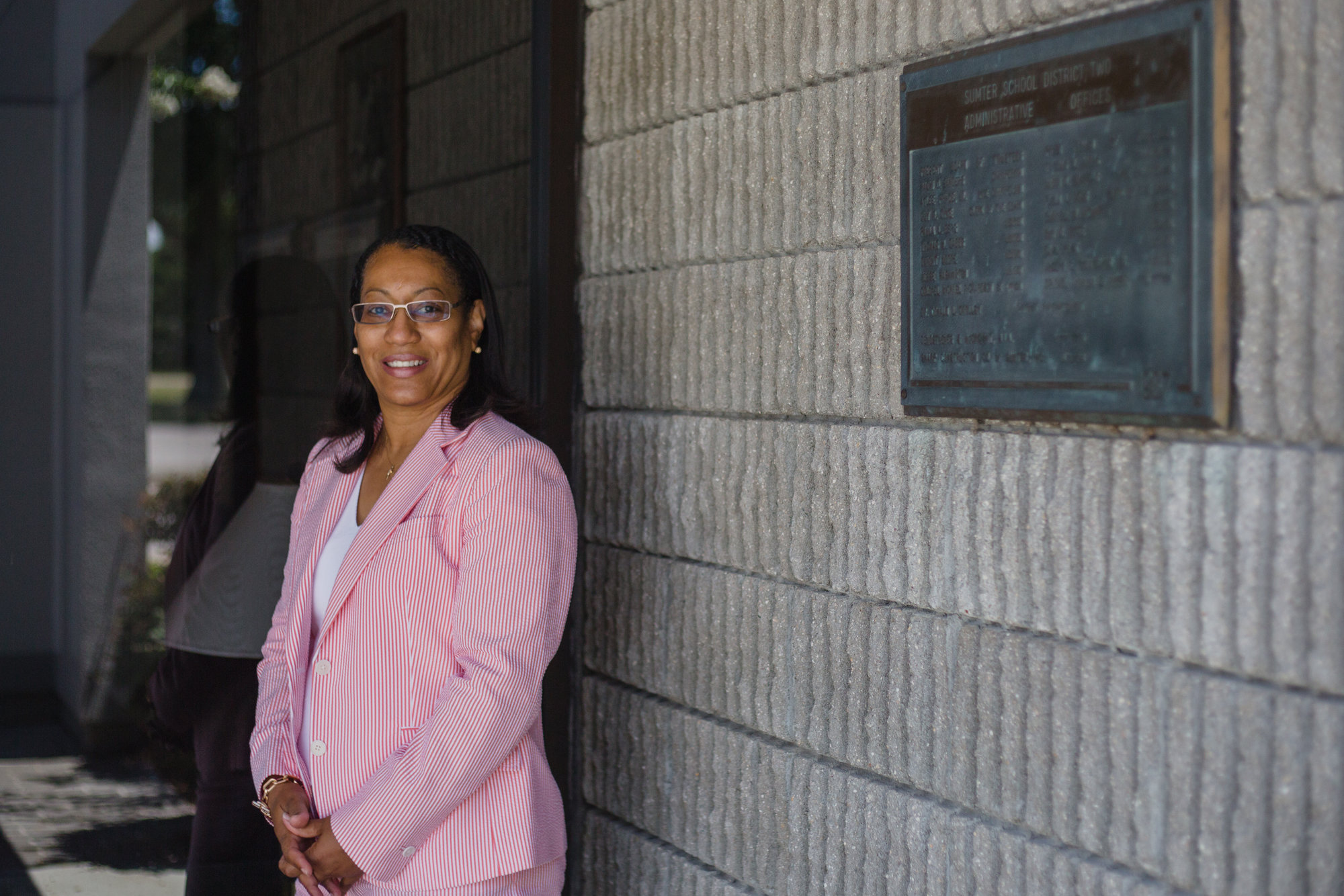When can a school go virtual this year?
A more-than 50% staff shortage can lead to temporary move to remote learning
bruce@theitem.com
When can a public school in South Carolina go to virtual, remote learning at least temporarily, given the current surge in COVID-19 associated with the delta variant?
That has become a major question in the last week or so locally and statewide, and a state Department of Education official and Sumter School District Superintendent Penelope Martin-Knox spoke directly on the details on Friday with The Sumter Item.
According to current state department policy and guidance, schools and districts can only move to virtual instruction temporarily when they incur staffing shortages resulting from COVID-19, such as positive cases and quarantine.
Ryan Brown, chief communications officer with the state department, said there is not a defined threshold or number that must be met because all schools vary in size. However, a good rule of thumb is when more than half of a school's students and teachers are out because of COVID-19, then it's time to temporarily move to virtual instruction.
"Quite honestly, in the schools that we are seeing move to virtual instruction, their positive COVID-19 cases and quarantines are through the roof," Brown said.
He gave the example of one elementary school in Horry County along the coast that has 474 of 729 total students, or 65%, out because of positive cases or quarantine. The school also has 15 staff members out, including nine teachers.
"When you get to those level of numbers, it becomes a necessity from a staffing point of view," he added. "Numbers lower than that is where there is some additional considerations, but those are more or less unquestionable - when you get to over half of your student population and over half of your teaching workforce."
As of Friday afternoon, 14 public schools across five districts in the state had shifted from face-to-face to virtual learning for at least next week.
A total of 11 of the 14 schools are in two primarily rural and smaller counties in the state: Allendale and Colleton counties. Both county-wide school districts will be virtual district-wide on Monday. Allendale County School District has a total of four schools and will be in remote learning through Sept. 8. Colleton County School District has seven schools and will be virtual through Sept. 10.
Among the others, Horry County School District has the single elementary school virtual, while Lexington County School District 2 has one elementary school in Cayce Elementary that has moved virtual temporarily, and Fort Mill School District in York County has one middle school that has joined the virtual list.
State department protocols detail that should staffing shortages exist and the school or district thinks it cannot safely offer face-to-face instruction, then it should contact the local or regional public health office and allow those officials to assess the situation and provide a recommendation on current operations and options for infection control.
Districts' decision making should be handled on a school-by-school basis rather than district wide, according to state guidance, unless the staffing shortages exist district wide and district-wide closure is recommended by public health officials.
Additionally, in the guidance, the school or district must move back to face-to-face instruction as soon as staff becomes available.
Martin-Knox, Sumter's superintendent, said that staff have adjusted so far in order to continue to operate all 24 schools.
She has been advised on the more-than 50% staff shortage guidance.
"If we do exceed more than 50% of our staff not being able to address the operations of a school," she said, "that's when we will begin to have that conversation in conjunction with DHEC, the state Department of Education and our school board to determine what is the best next course of action necessary. It really is dependent on the percentage of staff that is available to provide support and services to children."
WHAT HAPPENED TO THE 5% VIRTUAL CAP?
According to the state department, districts this year cannot exceed five percent of students in virtual instruction on a full-time basis. They can exceed five percent temporarily in virtual instruction, Brown said.
More Articles to Read

